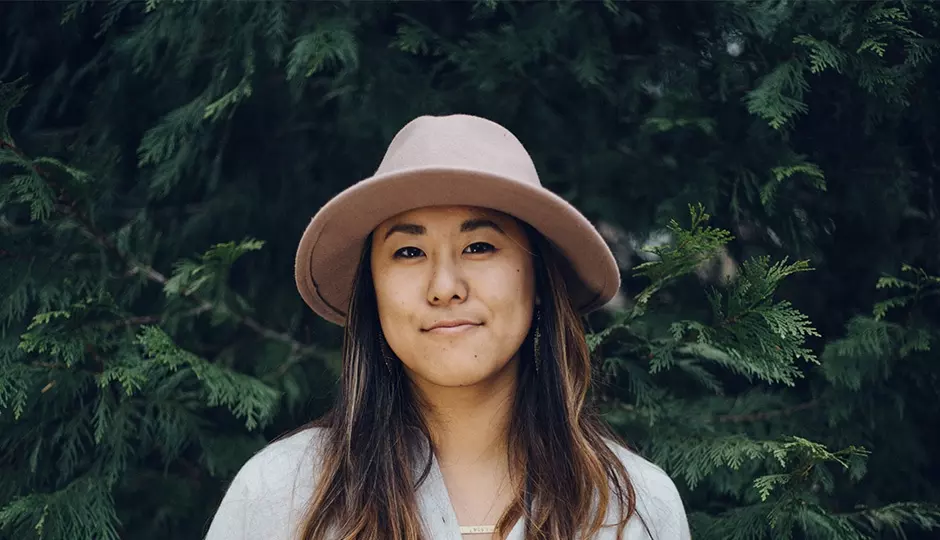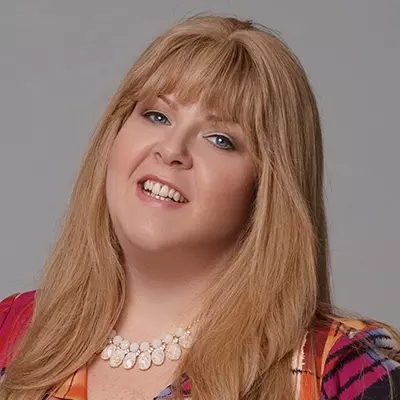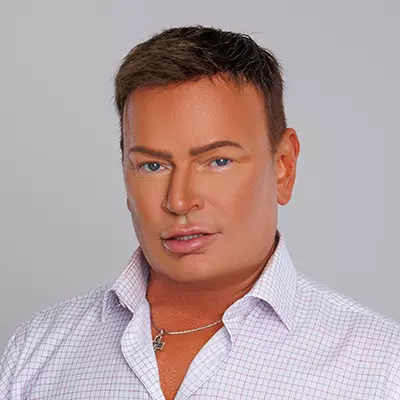Most of us are familiar with the term male pattern baldness. An incredibly common condition, male pattern baldness (or male pattern hair loss) impacts roughly two thirds of all men at some point in their lives. It is, by far, the most common cause of hair loss in men.
With women, the causes of hair loss are much more numerous and varied, but it’s important to be aware that female pattern hair loss does exist. Knowing the signs of it is prudent, because when you seek treatment sooner rather than later, you increase the likelihood that the treatment will be effective.
What Causes Female Pattern Hair Loss?
First, here is a little perspective on healthy hair growth. An individual hair will grow from its follicle up to six years, but eventually it goes into a rest stage, after which it falls out to make room for new hair growth. This shedding is a perfectly natural and normal part of growing hair.
The problem is when the shedding happens, but no new hair growth occurs. That’s basically what happens in female pattern baldness. Women may notice themselves shedding a lot of hair, but that’s not really the problem; the problem is the lack of new growth.
But what actually causes female pattern baldness? On this question, the science isn’t exactly conclusive. There are a number of factors that may play a role, including:
- Aging
- Changes in the number of male hormones—as during menopause
- A family history of pattern baldness—either male or female
The bottom line: Female pattern hair loss is likely genetic and almost surely caused by hormonal imbalances, but ultimately it’s something that any woman might experience.
What Pattern Should You Look For?
The fact that this condition is called female pattern baldness is telling—because there is indeed a pattern you should look for. Generally speaking, female pattern hair loss unfolds something like this:
- Hair will thin primarily at the top/crown of the head, in a pattern that starts in the center but gradually widens
- The front hairline will usually remain healthy and normal
- Hair loss can worsen over time, but it almost never reaches the point of total baldness
- It is also uncommon to experience itching or sores on the skin
Note that this is a fairly different pattern than what men experience; you don’t necessarily have to worry about a receding hair line, for example. This pattern is not ironclad—some women will experience female pattern hair loss differently—but overall, these are the basic symptoms you want to look out for.
Diagnosis and Treatment for Female Pattern Hair Loss
If you encounter the basic hair loss pattern we’ve described here, we’d encourage you to join us at Mane Image as soon as possible. When female pattern hair loss is detected early, the odds of successfully mitigating that hair loss increase dramatically. We can provide some private, painless, and non-invasive trichological testing to confirm whether female pattern hair loss is the issue, then recommend a hair loss solution for women.
Also note that, if you experience hair loss with symptoms other than the ones listed here, you may have a different concern. For example, skin sores or hair loss in big clumps both point to an underlying cause other than female pattern hair loss. Again, getting an evaluation is key.
Regardless of the cause of your hair loss, there are always treatment and hair replacement solutions that work. In some cases, laser therapy and topical treatments can work wonders. Nutritional supplements can also have an effect. Hair replacement systems, meanwhile, can provide seamless and natural-looking solutions for women whose hair loss has already become extensive. Extensions and even wigs are also available.
It all starts when you come to Mane Image for a consultation with one of our hair restoration experts. We can help you determine the right diagnosis, and then the most effective course of treatment. We invite you to begin this process soon! Come see us at Mane Image, and start looking and feeling like yourself again.











